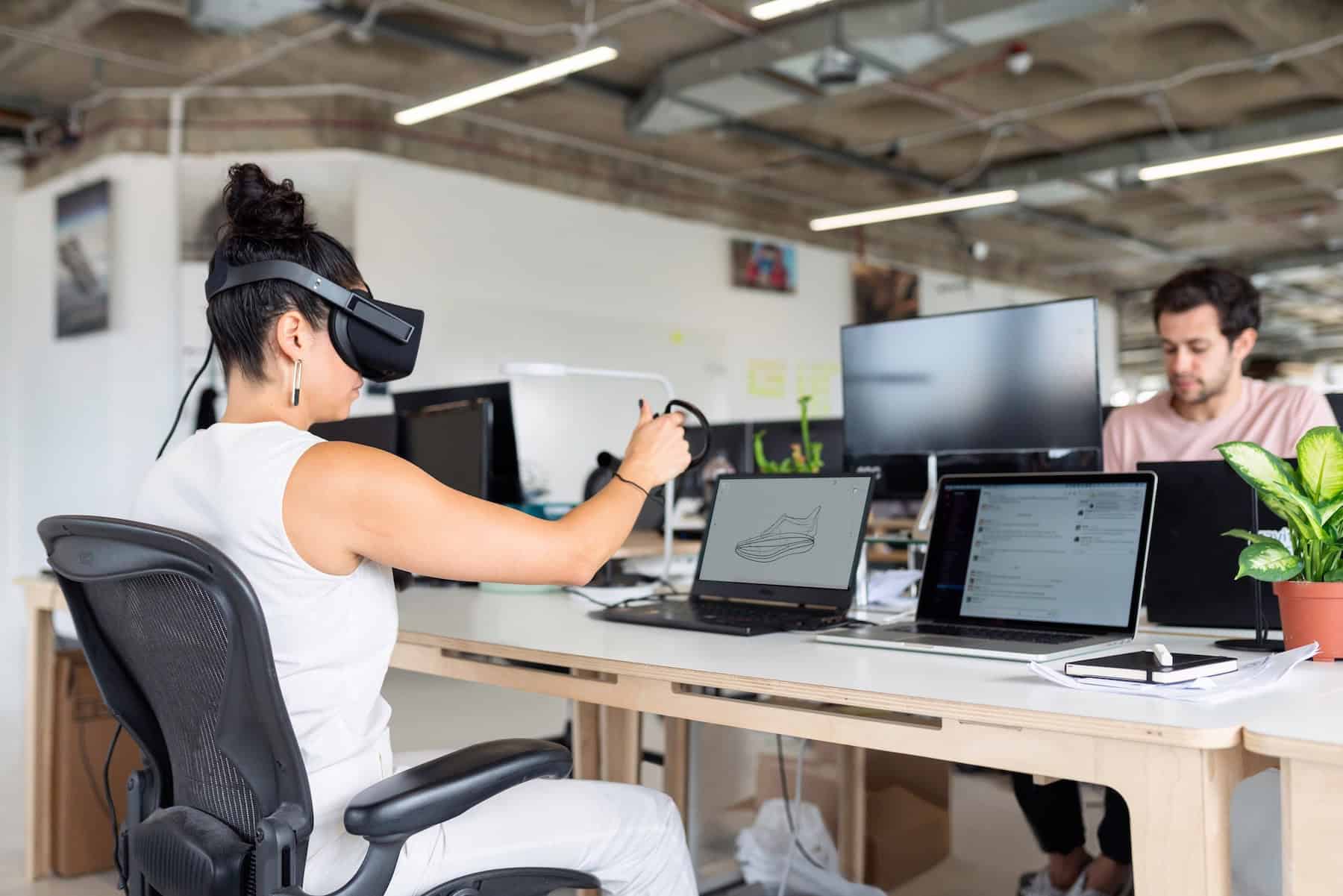Table of Contents
In recent years, the concept of office ergonomics has gained significant traction as organizations recognize the importance of creating a comfortable and healthy work environment for their employees. As technology continues to evolve and work patterns undergo transformation, the future of office ergonomics promises exciting developments aimed at enhancing workplace well-being and productivity.
Emerging Trends in Office Ergonomics

Integration of Artificial Intelligence (AI)
Artificial Intelligence (AI) is poised to revolutionize office ergonomics by offering personalized solutions tailored to individual needs. AI-powered systems can analyze data from various sources such as wearable devices, sensors, and employee feedback to provide real-time insights into ergonomic issues.
These insights can then be used to suggest adjustments to workstation setups, recommend posture correction techniques, or even remind employees to take breaks to prevent musculoskeletal disorders.
Dynamic Workstations
The traditional concept of a fixed workstation is giving way to dynamic setups that adapt to the changing needs and preferences of employees. Height-adjustable desks, ergonomic chairs with flexible seating options, and movable monitor arms allow workers to switch between sitting and standing positions effortlessly.
Moreover, integrated technology such as smart desks that track movement and posture can encourage employees to maintain healthy habits throughout the workday.
Virtual Reality (VR) Training
Virtual Reality (VR) is not only revolutionizing industries like gaming and entertainment but also making its way into office ergonomics training. VR simulations can provide employees with interactive experiences to learn about proper posture, lifting techniques, and workstation setup in a simulated office environment.
This immersive training approach not only enhances learning retention but also allows organizations to train employees remotely, reducing the need for in-person workshops.
Ergonomics in Remote Work Environments
The rise of remote work necessitates a shift in focus towards ergonomics in home office setups. Employers are increasingly providing remote employees with ergonomic assessments and resources to optimize their work environment.
This includes guidance on selecting ergonomic furniture, setting up an ergonomic workstation, and incorporating regular movement breaks into their daily routine. As remote work becomes more prevalent, addressing ergonomic concerns in home offices will be crucial for maintaining employee well-being and productivity.
Biometric Feedback Devices
Advancements in wearable technology are enabling the integration of biometric feedback devices into office ergonomics solutions. These devices, such as smartwatches and fitness trackers, can monitor vital signs like heart rate, posture, and activity levels throughout the day.
By analyzing this data, employees can gain insights into their physical well-being and receive prompts to adjust their behavior accordingly. Employers can also use aggregated biometric data to identify trends and patterns across their workforce, allowing them to implement targeted interventions to improve ergonomics.
Final Note
The future of office ergonomics is characterized by innovation and a focus on enhancing employee well-being and productivity. By embracing these emerging trends, businesses can stay ahead of the curve and foster a culture of wellness in the workplace.
